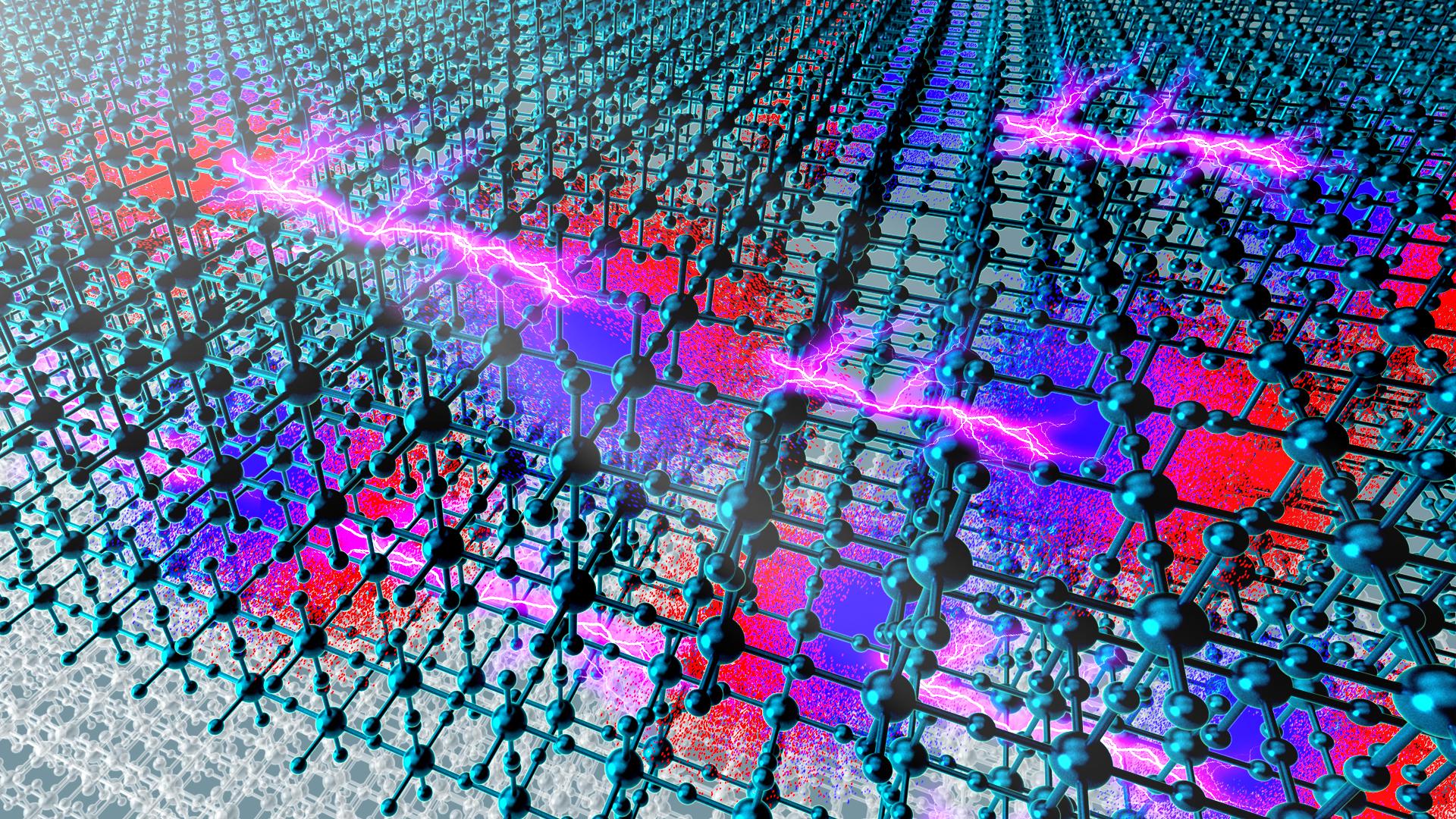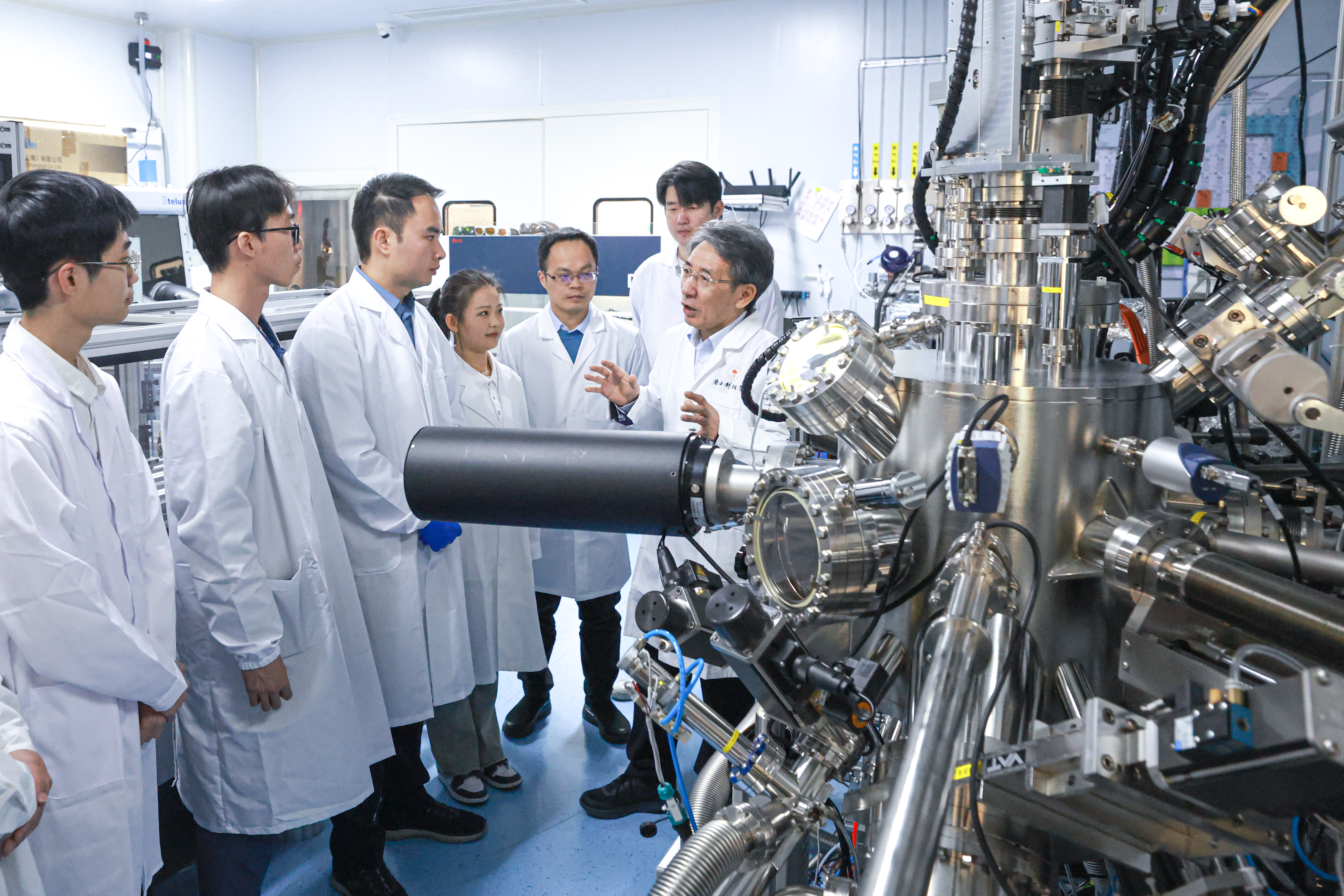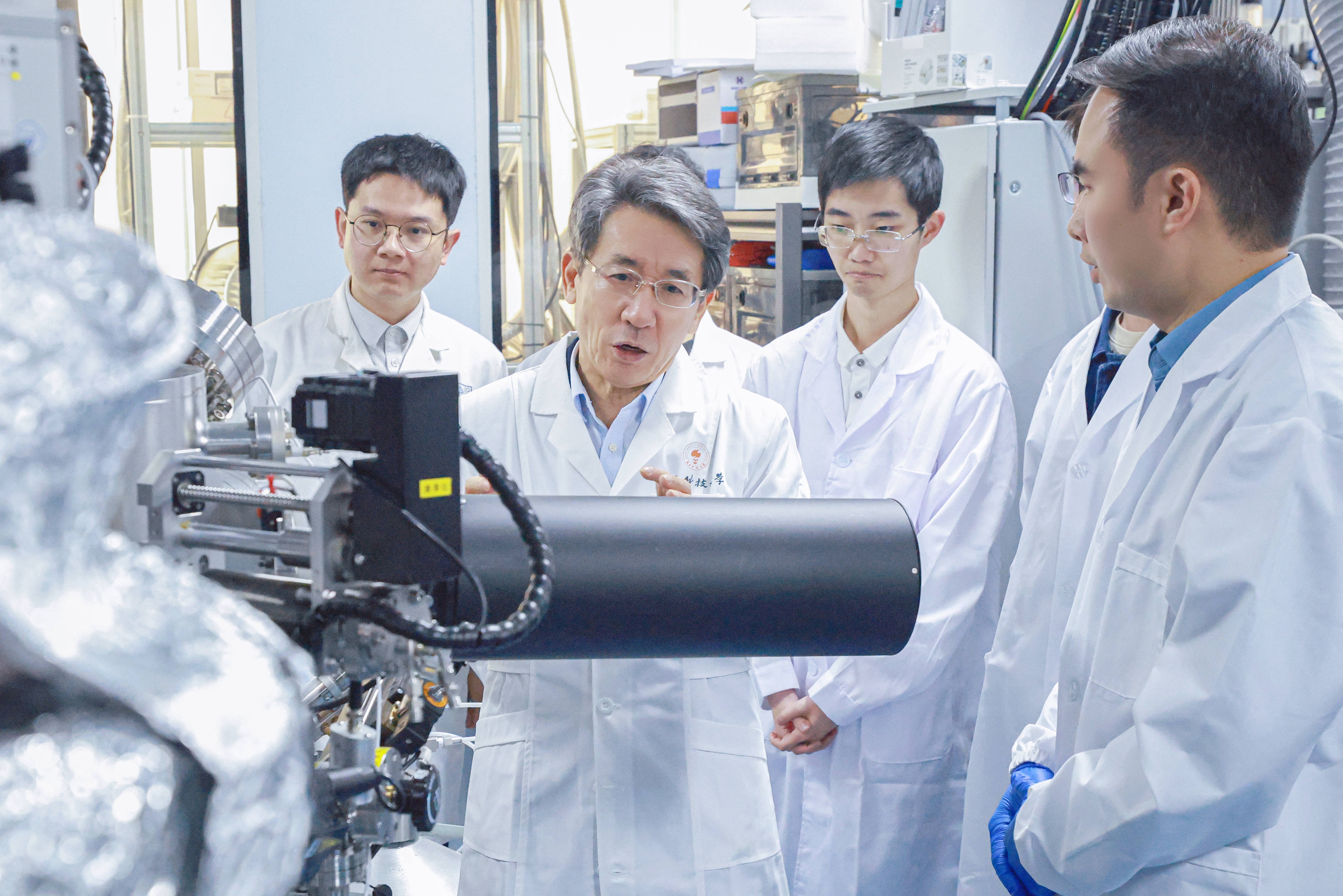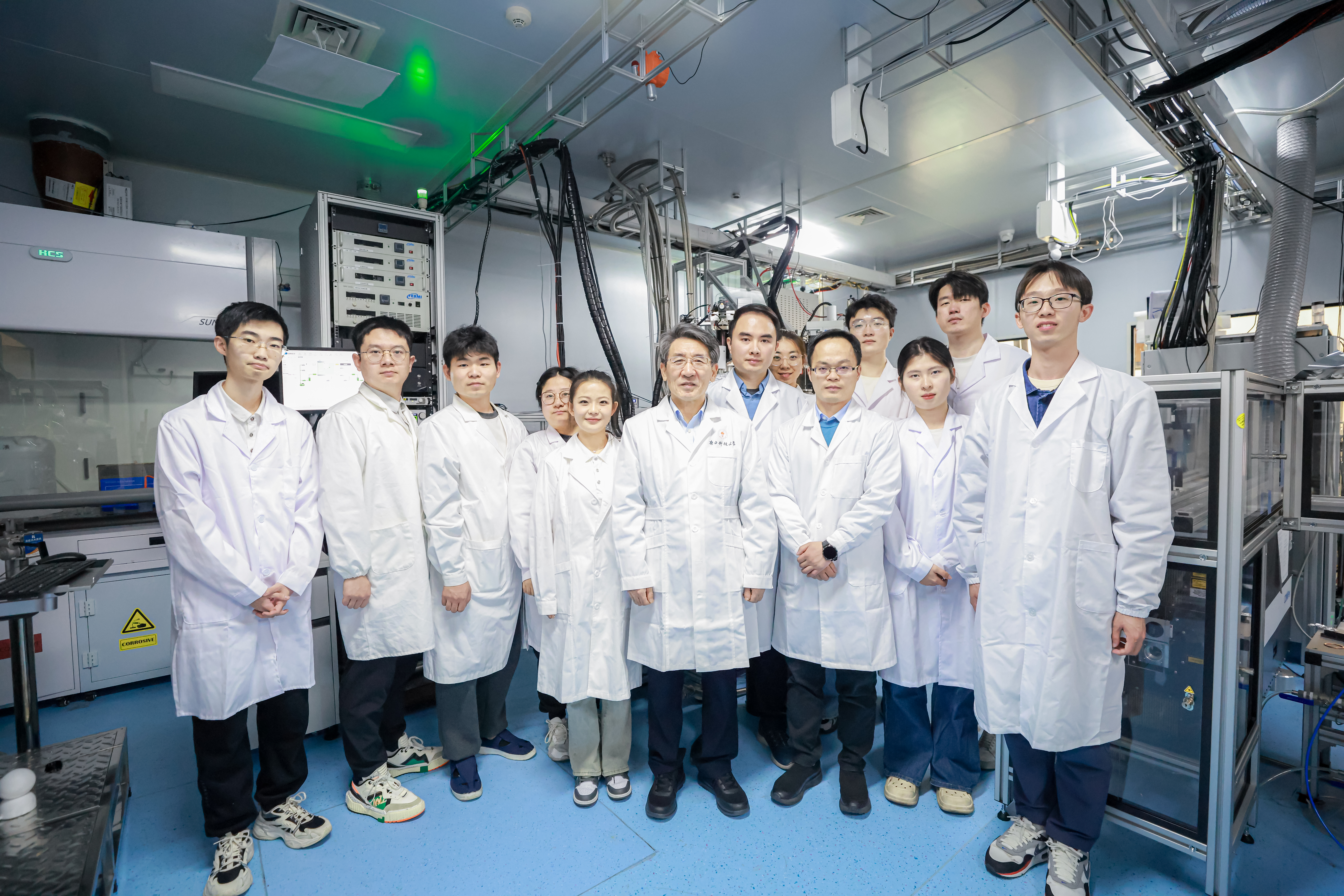SUSTech researchers develop ambient-pressure nickelate high-temperature superconductors, launching a new phase of superconductivity research
2025-02-18
A joint research team from the Southern University of Science and Technology (SUSTech), the Quantum Science Center of the Guangdong-Hong Kong-Macao Greater Bay Area, and Tsinghua University has unveiled a historic leap in superconductivity research.
Published in Nature, their work reports the confirmation of nickelate superconductivity under ambient pressure, with an onset transition temperature exceeding 40 Kelvin—surpassing the McMillan limit—alongside definitive evidence of zero electrical resistance and the Meissner diamagnetic effect.
This achievement positions nickelate materials as the third class of high-temperature superconductors, following cuprates and iron-based systems, to operate under ambient conditions. The discovery opens unprecedented avenues for unraveling the century enigma of high-temperature superconductivity mechanisms.

Superconductivity, renowned for its zero-resistance electrical conduction and perfect diamagnetism, has captivated scientists since its discovery in 1911. The 1986 discovery of cuprate superconductors, which operate above the 40 K McMillan limit, ignited global research fervor. In 2008, iron-based superconductors further expanded the high-temperature superconductor family. Yet, the complex electronic interactions in these materials have kept their underlying mechanisms unresolved.
Nickelates have recently surged to prominence. Initial studies in 2019 revealed superconductivity in infinite-layer nickelate films, though at modest temperatures. A 2023 study led by Chinese scientists achieved liquid-nitrogen-temperature superconductivity in bilayer nickelates under pressures exceeding 100,000 atmospheres, spotlighting their potential. As such, realizing superconductivity under ambient conditions has become an elusive global goal.
To address this, over three years, a research team led by Chair Professor and Academician Qi-Kun Xue and Associate Professor Zhuoyu Chen pioneered the “Gigantic-Oxidative Atomic-Layer-by-Layer Epitaxy” (GOALL-Epitaxy) technique. This method enables atomic-scale layer-by-layer growth under oxidative conditions 10,000 times stronger than conventional methods, allowing precise control over chemical stoichiometry to construct thermodynamically metastable yet structurally pristine oxide films. The technique represents a leap in oxide epitaxy methodology, not only resolves oxygen deficiency challenges in oxide materials, but also unlocks new avenues for designing correlated quantum systems.
The research team applied this method to the search of nickelate superconductors: more than 1,000 samples were tested to overcome structural instability, ultimately synthesizing high-quality pure-phase (La,Pr)3Ni2O7 films on atomically smooth SrLaAlO4 substrates. By engineering interfacial strain and doping via heterostructures, the team successfully achieved superconducting properties in 3-unit-cell-thick films at ambient pressure. Electromagnetic transport measurements confirmed the coexistence of zero resistance and Meissner diamagnetism. This dual verification eliminates any ambiguity, thus providing a definitive demonstration of superconductivity.


This achievement emerged amid intense international competition in nickelate superconductivity research. Nearly simultaneously, a U.S. research team reported signatures of ambient-pressure superconductivity in similar material systems. While the two teams pursued independent methodologies with mutually supportive findings, the Chinese team’s atomic-layer-by-layer epitaxial growth techniques produced films with enhanced lattice and interfacial quality, delivering systematic experimental validation of nickelate superconductivity.
Academician Qi-Kun Xue, a recipient of China’s State Preeminent Science and Technology Award and senior author of the study, emphasized the role of organized research models in this milestone. The intimate collaboration among SUSTech, the Quantum Science Center of the Guangdong-Hong Kong-Macao Greater Bay Area, and Tsinghua University fostered larger-scale interdisciplinary efforts, accelerating progress toward higher-temperature superconductors.
Associate Professor Zhuoyu Chen, who is the principal investigator of the Laboratory for the Mechanism of Superconductivity, earned his undergraduate degree from Tsinghua University and completed his Ph.D. and postdoctoral training at Stanford University. Returning to his hometown in Shenzhen three years ago, he established the lab from scratch under the leadership of Academician Qi-Kun Xue. Now, Prof. Chen and his team, with an average age of only 28, showcase the region’s dynamic scientific ecosystem, underscoring the Guangdong-Hong Kong-Macao Greater Bay Area’s rise as a global innovation hub.

This study has attracted significant attention from academics worldwide, transforming the research focus of high-temperature superconductivity. The advancements in the superconducting mechanism will not only deepen humanity’s understanding of complex correlated quantum matter, but also lay a scientific foundation for transformative technologies in energy, information, and healthcare.
Paper link: https://www.nature.com/articles/s41586-025-08755-z




